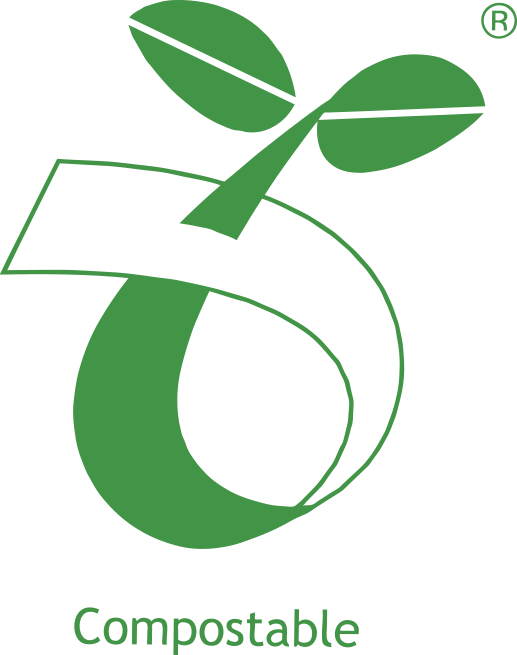Download a copy of the FOGO user guide(PDF, 3MB) to hang on your fridge or follow the steps below.
There is also a FOGO user guide for those working in the hospitality industry(PDF, 2MB)
Step one (optional)
Place a compostable liner in your kitchen caddy.
Don't use plastic bags in your bin, unless the bags are certified compostable and labelled AS4736 or AS5810, and/or feature these symbols:


These compostable liners are made from corn starch, not plastic, and will breakdown during the composting process.
Newspaper or paper towel can also be used to line your caddy, or nothing at all - simply rinse between uses.
Step two
Use the caddy to collect your food waste.
Step three
After a few days, tie your liner to seal and remove from the caddy. Handy hint: empty your caddy regularly to reduce odour and risk of heavy bags splitting.
Step four
Place your food waste (including compostable liner) into your FOGO bin, along with any garden waste.
Step five
Put your FOGO bin out weekly for collection. Refer to your bin collection calendar or look up your collection day for collection dates.